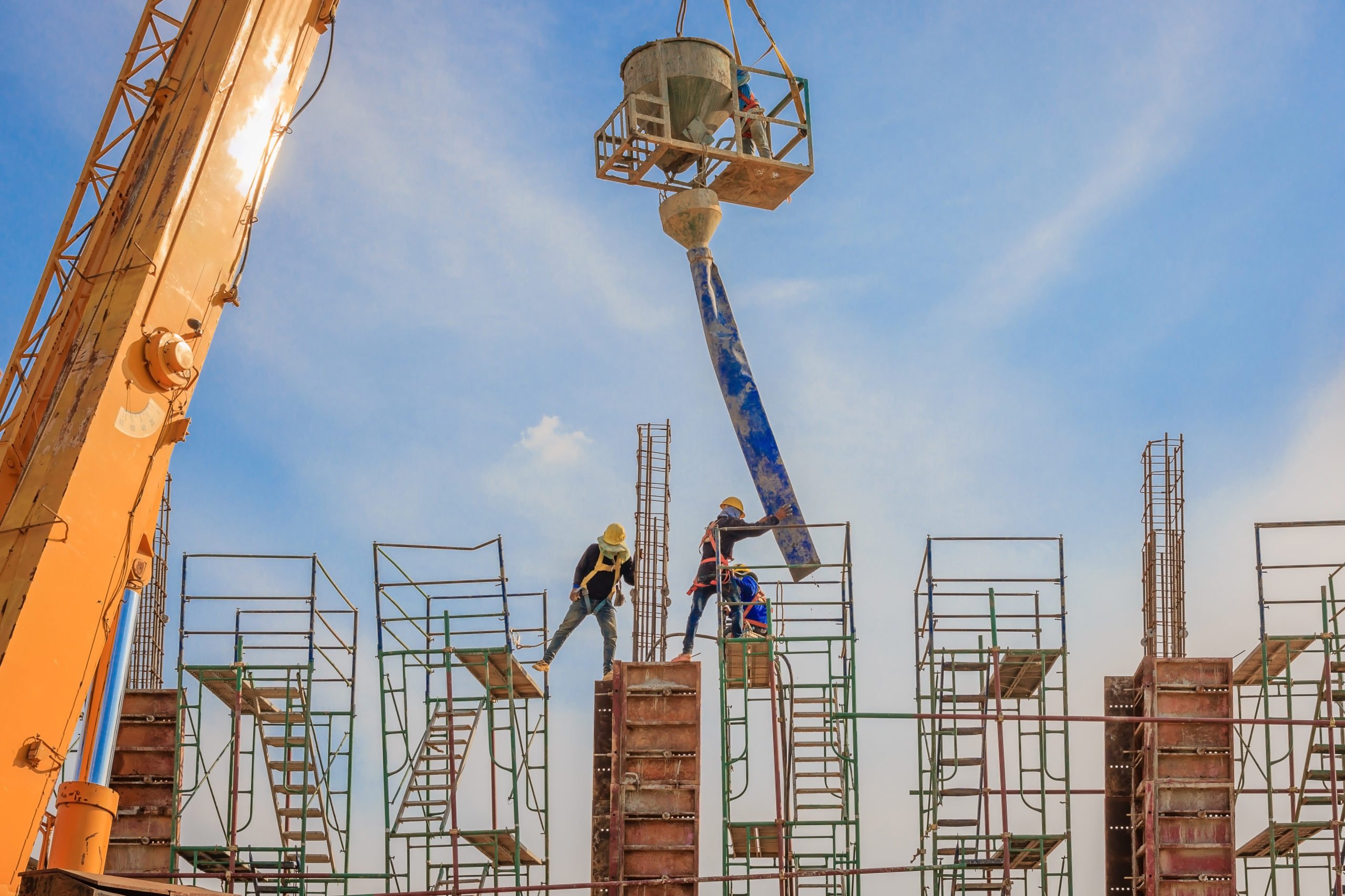
Scaffolding is any kind of temporary elevated platform erected to assist in the construction, cleaning, renovation, or maintenance of a building. It can be a supported structure made of poles, frames, or platforms that are suspended from above with ropes. According to the Occupational Safety and Health Administration (OSHA), an estimated 65 percent of all construction workers perform their jobs on scaffolding.
Working at heights is extremely dangerous, and a fall from scaffolding can result in serious injuries, such as traumatic brain injuries, spinal cord damage, back injuries, broken bones, internal organ damage, and even death. There are very specific state and federal requirements for scaffolding designed to prevent needless injuries and fatalities.
Workers who are using scaffolding must follow all the safety rules without cutting corners or they are jeopardizing their own well-being and the safety of everyone around them. This includes:
- Keeping tools and work materials organized to maximize the small amount of space on the scaffolding platform and minimize the risk of falling objects.
- Cleaning debris and spills immediately to avoid slip and fall accidents.
- Using personal protective equipment correctly and inspecting it every day before use.
- Using the designated access to climb scaffolding, and do not take short cuts.
- Never using free-standing ladders or boxes, as they could tip over and cause an accident.
- Knowing the load capacity of the scaffolding and not exceeding it.
- Reporting safety violations or concerns to a supervisor.
- Workers who are in the vicinity of scaffolding need to be aware of their surroundings and wear hard hats.
What are Some Common Causes of Scaffolding Accidents?
A study by the U.S. Bureau of Labor Statistics (BLS) found that about 72 percent of workers injured in scaffolding accidents were injured by the collapse of the support system, from the employee slipping and falling, or from the employee being struck by a falling object. Other common causes of scaffolding accidents include:
- Failure to properly train employees on the safety hazards associated with scaffolding work.
- Failure to provide workers with the appropriate personal protective equipment, such as safety netting, harnesses, or other fall protection and hard hats.
- Failure to install guardrails on scaffolding or installing insufficient guardrails.
- Improper construction of the scaffolding.
- Using damaged or defective planks to construct scaffolding.
Safeguards to Protect Workers From Scaffolding Accidents
Scaffolding must be appropriate to the construction site, erected on solid footing, and attached properly and securely to the building façade. It must be a minimum of 10 feet away from any electrical power lines to avoid electrocution hazards. Scaffolding must be designed and constructed by a competent and qualified person and cannot be moved, altered, or dismantled in any way without informing that person.
The scaffolding should be designed to support its own weight as well as up to four times of the intended load. The planking and any ropes or ladders being used must be in good condition. Any damaged planks must be removed and replaced immediately. Any scaffolding that is more than 10 feet above the ground must have guardrails and toe boards. Steps or landings should have non-slip treads and guardrails.
All employees who work on or around scaffolding must be trained to recognize scaffold-related hazards, such as falls, struck by object accidents, electrical hazards, and defects. If changes to the scaffolding occur, safety training must be updated accordingly.
The scaffolding and personal protective equipment should be inspected each day before work begins, and any faults or problems should be resolved before workers begin using the scaffolding. It should be kept clean and free of debris that could fall and injure a worker below. Tools and work materials should be secured when not in use. Spills should be cleaned immediately to prevent slip and fall accidents.
Who is at Risk for a Scaffolding Accident?
Some workers are at high risk of scaffolding and other construction accidents. Workers who erect and dismantle scaffolding are at risk of injury. Erecting and dismantling scaffolding can be very dangerous, as workers are handling the platforms, planks, guardrails, and ladders before they are securely installed.
When scaffolding collapses, it can impact everyone around it, causing many injuries if the scaffold being used was large and extensive. Employers have a responsibility to maintain a safe workplace, and any scaffolding being used on site must comply with federal, state, and local regulations.
What if I am Injured in a Scaffolding Accident?
In Pennsylvania, employers are required to carry Workers’ Compensation insurance. Workers’ Compensation is a no-fault system of insurance, so if you were injured in a work-related accident, even if you were partly responsible for the accident, you may be eligible for benefits.
If the scaffolding accident was caused by a manufacturing defect in the materials used to build it, a third-party claim can be made against the company that made the defective parts. If someone other than your employer is responsible for the scaffolding accident that caused your injuries, such as a contractor or sub-contractor, they may be held accountable for their negligence. Families of workers who suffered a fatality may file a wrongful death claim. Consulting with an experienced lawyer can help determine the best legal path.
Pittsburgh Workers’ Compensation Lawyers at AlpernSchubert P.C. Fight for the Rights of Employees Injured in Scaffolding Accidents
If you have been injured in a workplace scaffolding accident, contact our experienced Pittsburgh Workers’ Compensation lawyers at AlpernSchubert P.C. today. We know the Pennsylvania Workers’ Compensation system, and we will fight on your behalf. Call us at 412-765-1888 or contact us online for a free consultation. Located in Pittsburgh, we serve clients throughout Western Pennsylvania, including Allegheny County, Lawrence County, and Washington County.
